הנס הופמן(1880-1966)



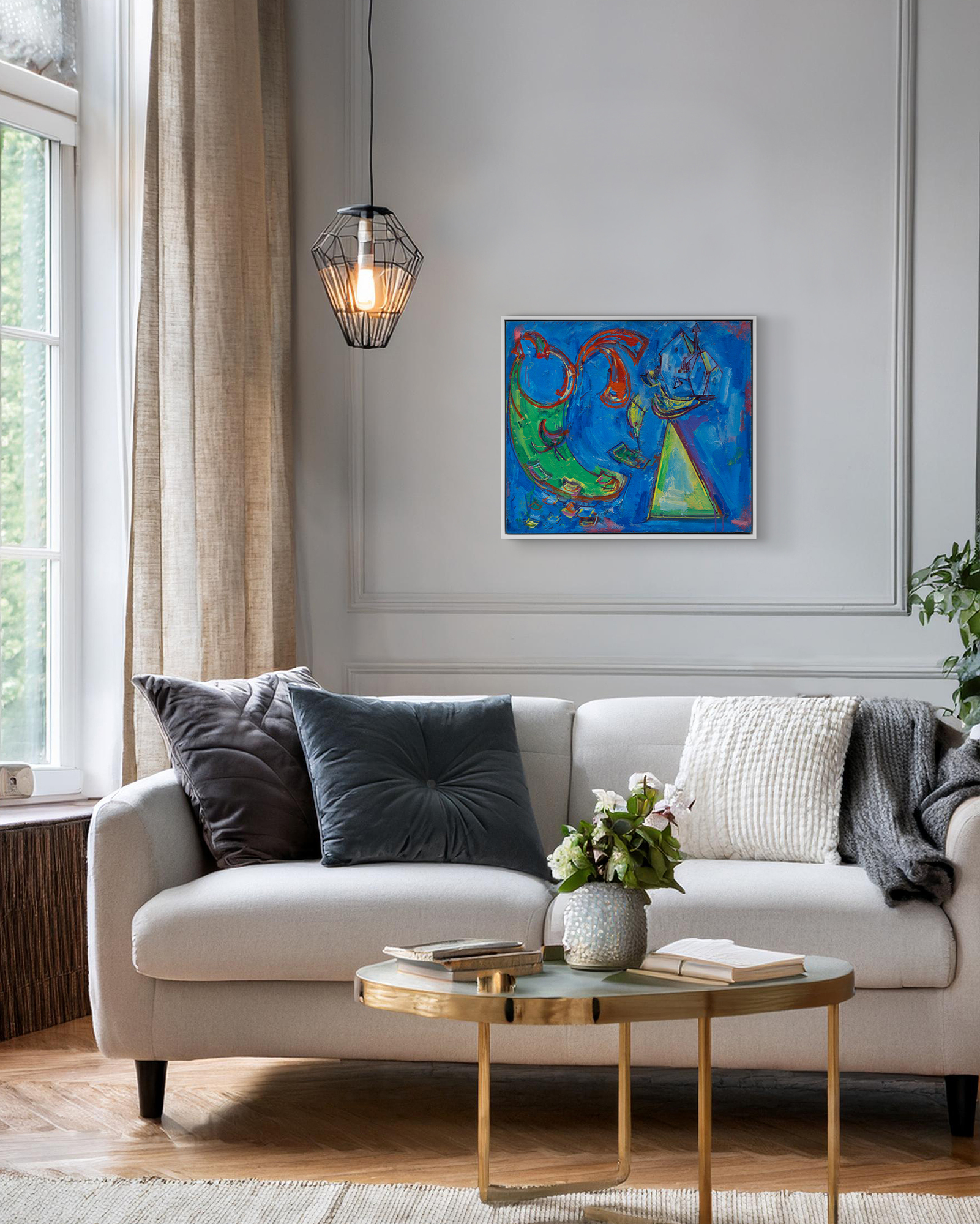

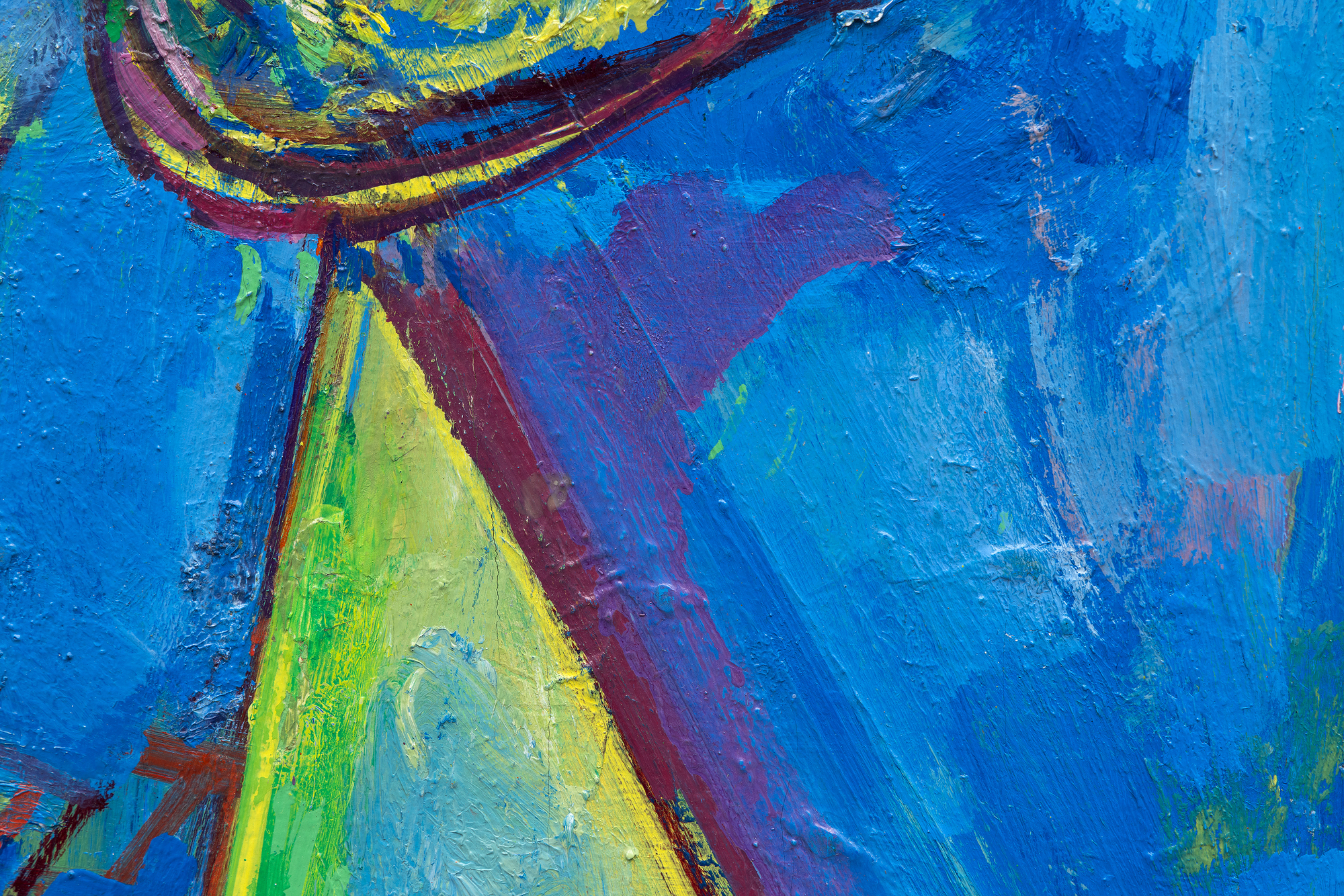
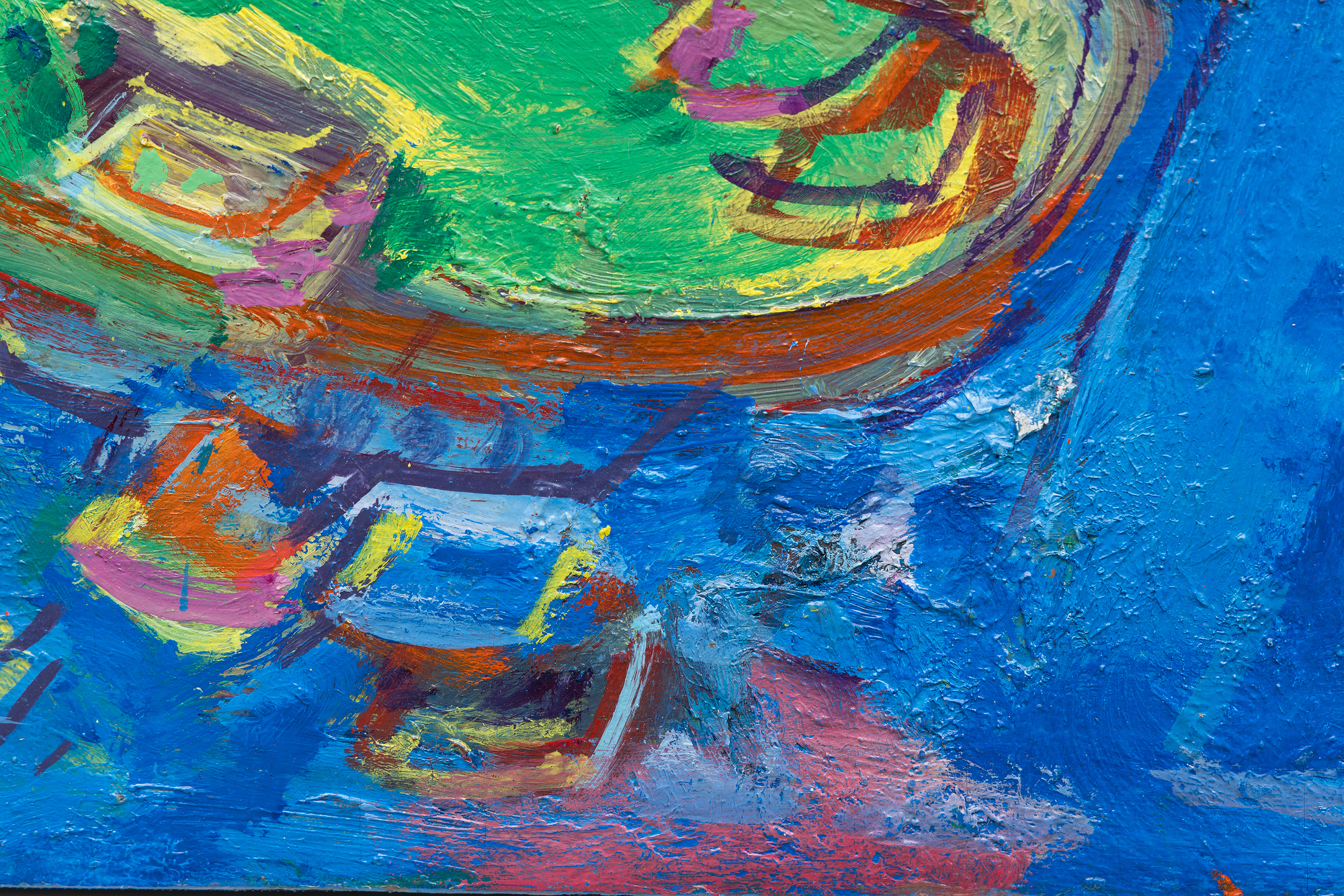
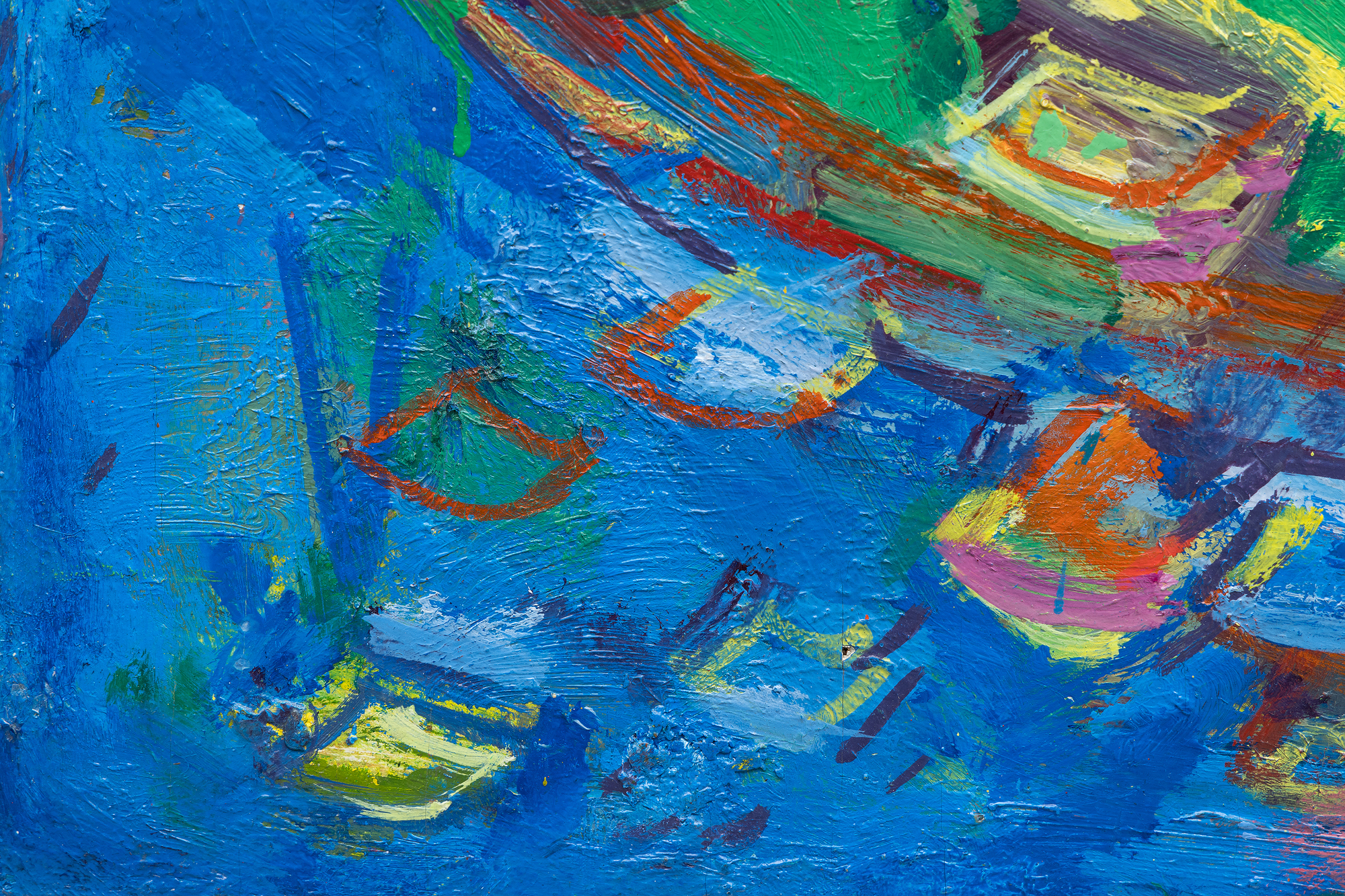
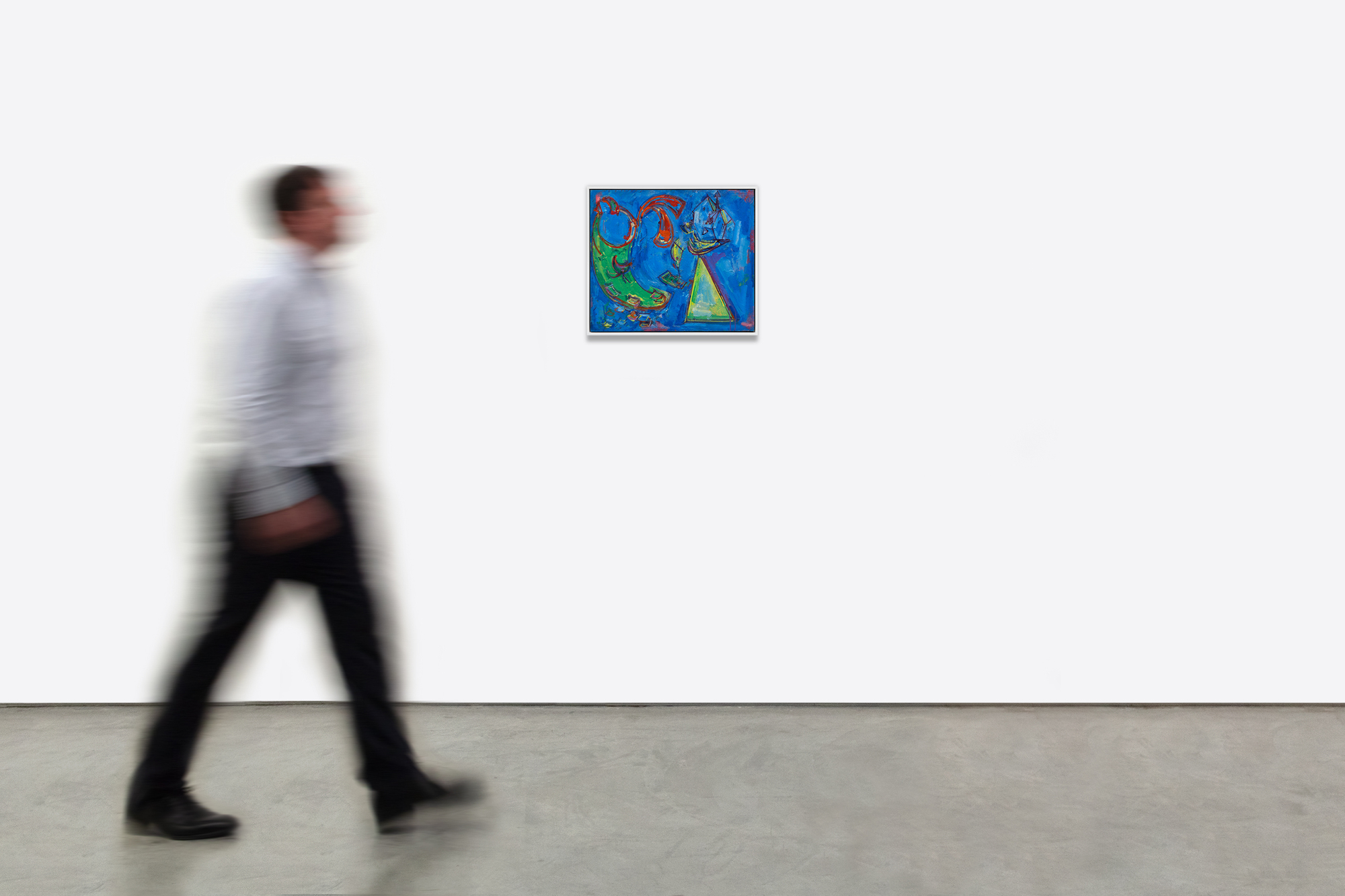
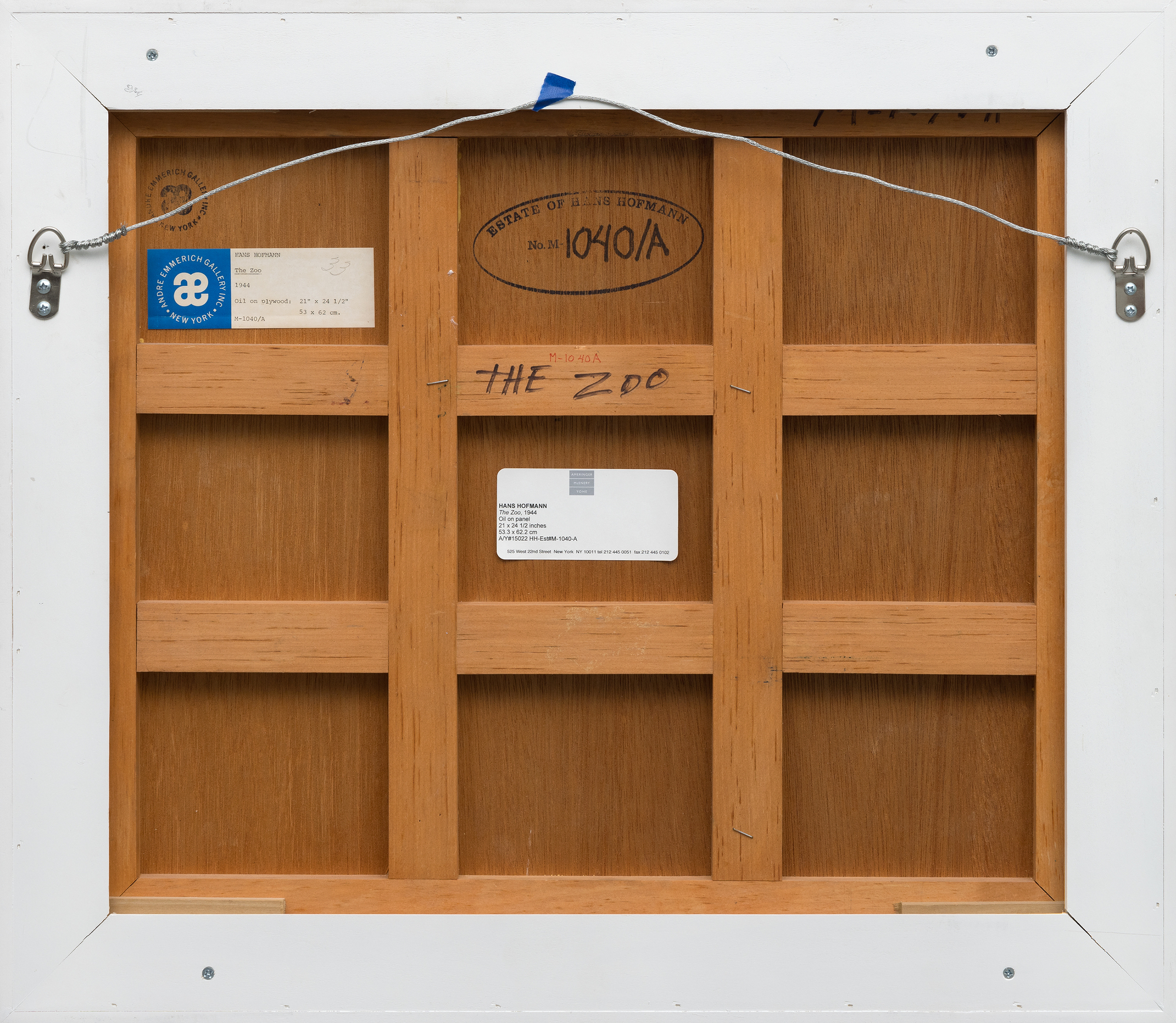
מקור ומקור
אוסף האמןקרן רנטה, הנס ומריה הופמן, ניו יורק, ניו יורק
אמרינגר | מקנרי | יוהה, ניו יורק, ניו יורק
אוסף פרטי, ניו ג'רזי
תערוכה
ניו יורק, ניו יורק, אמרינגר | מקנרי | יוהה, הנס הופמן: תמונות קיץ: ציורים ועבודות על נייר, 9 בדצמבר 2010 - 29 בינואר 2011ספרות
אמרינגר | מקנרי | Yohe, Hans Hofmann: Pictures of Summer: Paintings & Works on Paper, "Art in America", הכרזה על התערוכה, ניו יורק, ניו יורק, 2010, עמ'. 11 (מצויר בצבע)אמרינגר | מקנרי ... עוד...| Yohe, Hans Hofmann: Pictures of Summer: Paintings & Works on Paper, "ARTnews", 109, no. 11, הודעה על התערוכה, ניו יורק, ניו יורק, 2010, כריכה אחורית (אייר בצבע)
Suzi Villiger, Hans Hofmann: Catalogue Raisonne of ציורים, כרך II, Surrey, 2014, HH cat. לֹא. 351-1944, עמ'. 279 (אייר בצבע)
... פחות... מחיר 380,000
המושפעים מאוד מהאוטומטיזם הסוריאליסטי ומהצורות הביומורפיות של ג'ואן מירו, הצורות האורגניות והצבעים הנועזים כאילו מפעמים בחיים, ומטשטשים את הגבול בין הפשטה לפיגורציה. עם זאת, בניגוד לנופי החלומות העדינים של מירו, עבודת המכחול של הופמן נושאת אנרגיה שרירית, המבססת את הקומפוזיציה בסגנון המחוות היחודי שלו.
גן החיות משקף את יכולתו של הופמן לאזן בין ספונטניות לבחירות קומפוזיציוניות מכוונות. התוצאה היא יצירה תוססת ומלאת שמחה החוגגת את המורכבות החזותית של העולם ואת החופש היצירתי הבלתי מוגבל של הפשטה במהלך השלב המרכזי הזה של הקריירה שלו.


